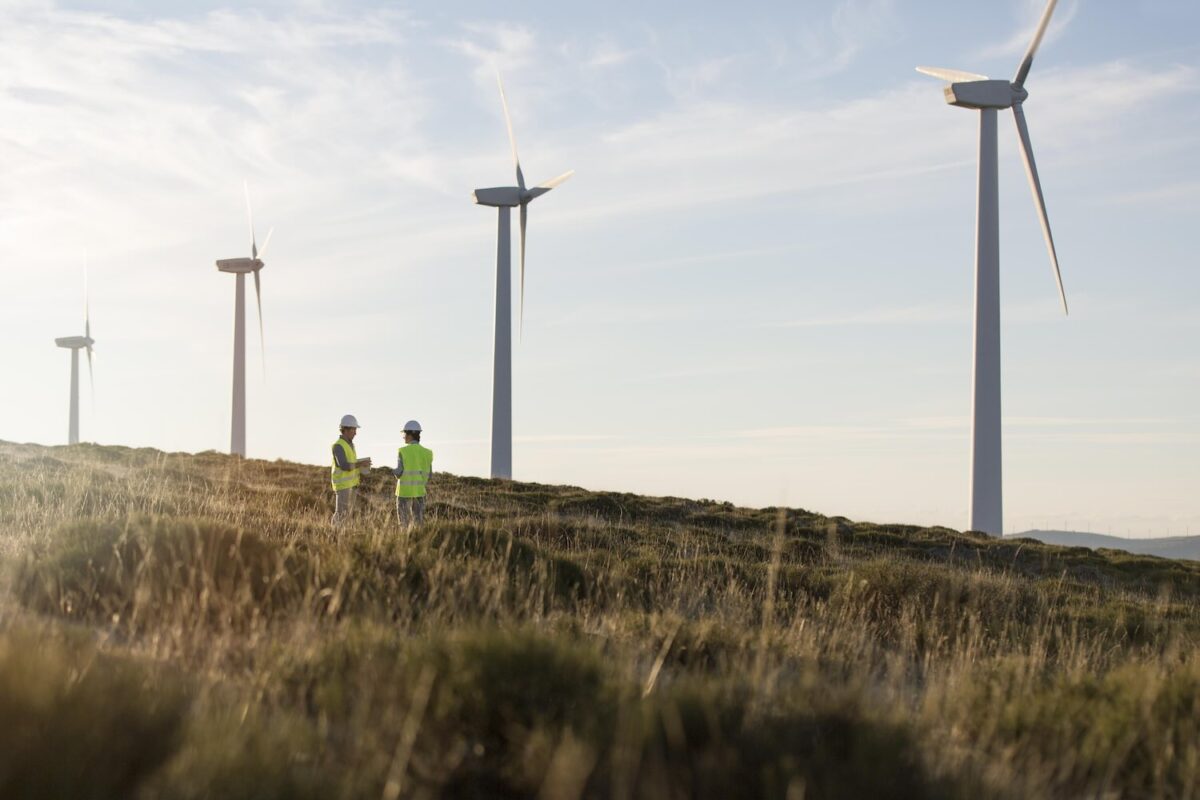The Queensland planning regulator has given state approval for the 436.5 megawatt (MW) Tarong West wind project, a key part of the decarbonisation efforts of one of the country’s biggest coal companies.
UK-based renewables giant RES Australia is developing the project, but it will be funded and ultimately owned by Queensland state-owned Stanwell, which also operates the nearby Tarong coal generators and is also building a 300 MW, 600 MWh battery at that site.
Tarong West, which used to be called the Iron Leaf wind project, still needs to get through the federal EPBC approval process.
The wind farm will consist of up to 97 turbines standing 280m high in the South Burnett site, which is inland from the Sunshine Coast. RES Australia wants to start construction by early 2025. Operations are estimated to start in 2027.
The plans include an option to build a big battery sized with at least 100 MW of capacity, and likely two or four hours of storage, and provide a $10 million community benefit fund. The project will be built around 30kms west of Kingaroy on cleared farming land now used for grazing.
“The Tarong West Wind Farm is a critical part of not only Stanwell’s plan to decarbonise our existing portfolio, but it’s critical to Queensland reaching its renewable energy targets,” says Stanwell CEO Michael O’Rourke.
“This development approval brings us one step closer to our aim of having 9 to 10 GW of large-scale wind and solar capacity by 2035.”
One of the conditions of State Assessment and Referral Agency (SARA) approval was that housing the 200-270 people needed during construction would not reduce accommodation options for locals.
The other issue was koala habitat.
SARA required that koala habitat covering up to 14 hectares of the 17,500 hectare site be protected, and another 5.4 hectares as biological offsets.
Protecting jobs with near-$1bn funding
Stanwell was given $776.1 million by the state government’s Renewable Energy and Hydrogen Jobs Fund in 2022 to invest in the project, in order to help the state meet its goals of 70 per cent renewable energy by 2032, and 80 per cent by 2035.
It’s also part of a the government’s jobs push, says energy and jobs minister Mick de Brenni.
“Building this major energy infrastructure creates about 200 construction jobs, delivers a financial boost to the region and long term operations and maintenance roles,” he says.
Stanwell owns 3.3 gigawatts (GW) of coal fired power with the Stanwell and Tarong power stations, and the Meandu and Curragh coal mines, with options to develop two other coal deposits nearby to those.
It has been shifting towards clean energy however, as the state government pushes its renewable energy and jobs goals.
Last week Stanwell signed up Ratch Australia to its new renewables operations and maintenance arm, a division whose mission is partly to retrain the company’s own staff for a clean energy future.
Building out Australian position
RES Australia is building a larger Australian onshore renewables book by buying 320 MW of asset management contracts from Squadron Energy-owned Windlab in May.
The deal included the Kennedy Energy Park, which combines 43.2MW of wind, 15MW of solar and a 2MW/4MWh battery in north Queensland, and the 240 MW Ararat wind farm that RES actually built in 2017.
It has more than 5 GW of onshore renewables in its AUstralian portfolio.
The Windlab deal came just after the UK company’s joint proposal for a wind farm in the Gippsland offshore wind zone was approved for a feasibility licence.
The 1.5 GW Navigator North project with Origin Energy was one of the six projects recommended for a feasibility licence by the federal energy minister in May, provided they could secure approval from Traditional Owners.
It will cover an area of 700 km2, roughly 34 km off the Southern Australian coast.
The licence means the partners can now move ahead with detailed environmental assessments, geotechnical surveys, obtaining approvals and undertaking further consultation on the proposed project.
RES is an experienced offshore developer, having built some 2.2GW of global offshore wind energy including “pioneering” projects like East Anglia One in the UK.








